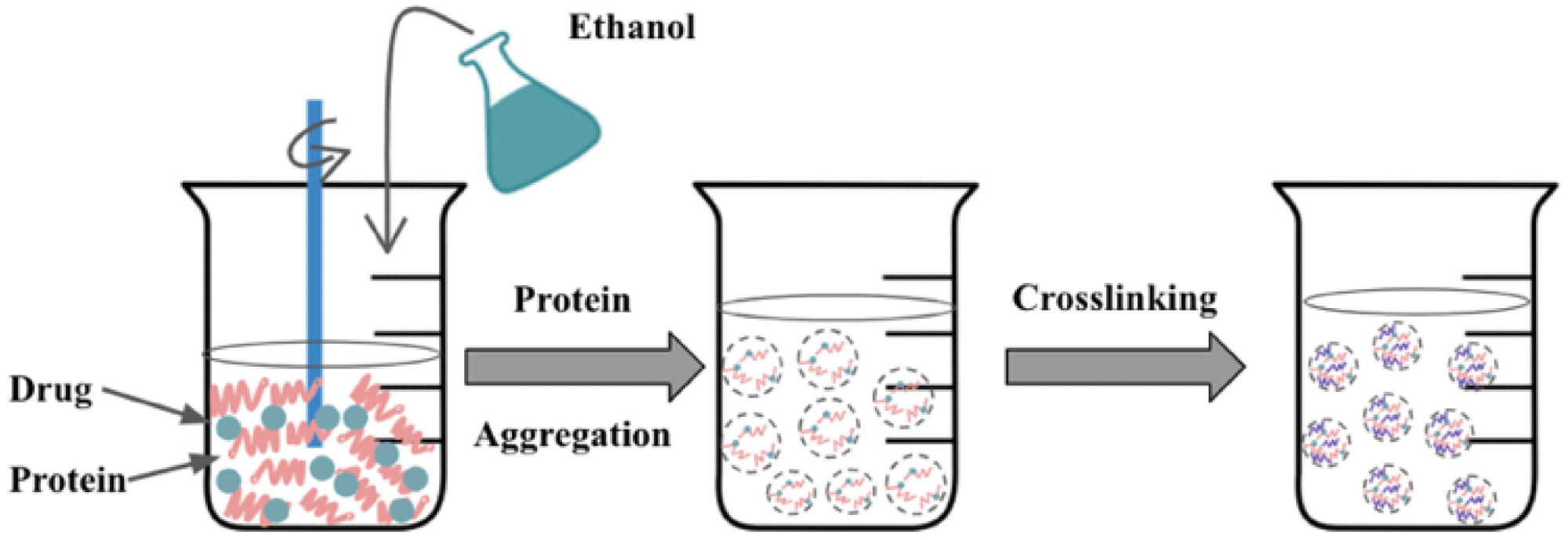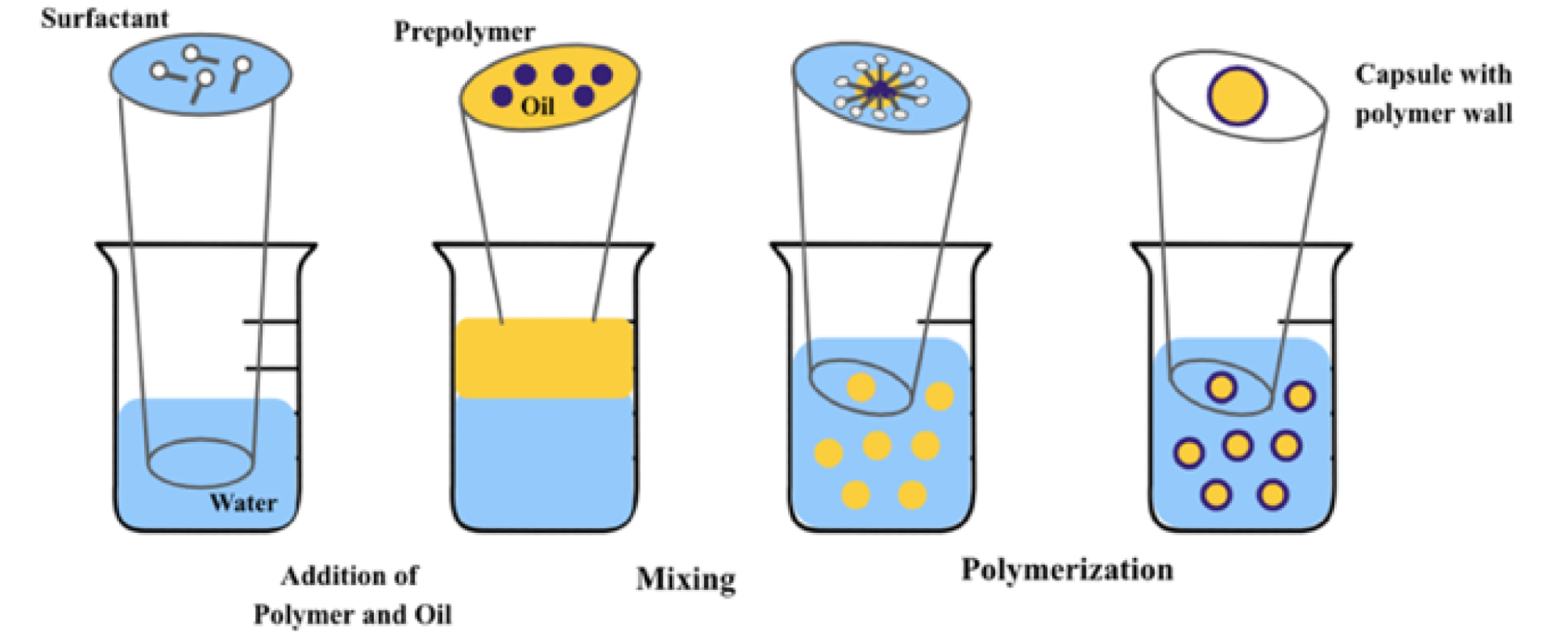A novel development in nanotechnology has led to collagen being used within nanoparticles, significant for drug delivery and tissue engineering. A review published in the journal Applied Sciences has outlined how this critical and versatile polymer can be used to advance translational research.

Study: Collagen Nanoparticles in Drug Delivery Systems and Tissue Engineering. Image Credit: YuliaLisitsa/Shutterstock.com
Why Is Collagen Important?
Collagen is a natural polymer found ubiquitously in the human body within bones, tendons, muscles, and the skin. It has beneficial properties, including tensile strength, biodegradability, notable stretchability, and high absorption capacity in vivo. It is also deemed safe for use in drug delivery systems and tissue engineering.
With advancements in nanotechnology and biomaterials, collagen has been seen as a desirable element. Its synergism with materials used in the body enables limitations such as enzymatic degradation, weak mechanical strength, and low thermal stability to be overcome.
Biomaterials produced to overcome these challenges utilize methods such as crosslinking or grafting polymerization through exploiting nano-structures, including microspheres, liposomes, nanofibers, and nanoparticles (NPs).
Collagen can act as an effective carrier while delivering agents such as genes, drugs, proteins, and growth factors. This natural polymer has an adaptable disposition, and altering collagen can enable the control of durability, structures, and forms.
Emulsification/Solvent Extraction—The drug is dissolved in the polymer solution and an emulsion is formed by mechanical agitation. The polymer and drug are precipitated in droplets and NPs are fabricated by solvent extraction by evaporation. Image Credit: Arun, A., et al.
Application of Collagen
The versatile nature of collagen enables various functions, such as the formation of microspheres or complexes with liposomes used for drug delivery or the fabrication of nanoparticles for gene delivery.
After being purified and isolated, various types of collagen can be used for drug delivery. This includes enzyme and alkali-treated collagen, natural salt-soluble collagen, insoluble collagen, and acid-soluble collagen.
Tissue engineering applications that have utilized collagen include but are not limited to the cornea and skin-related treatments, wound dressing, dermal filler, and delivery systems. The use of collagen within wound dressings, for example, is significant for the treatment of burns, ulcers, and therapeutic enzyme immobilization.
When combined with elastic, its advantageous characteristics result in increased flexibility with collagen, providing and enhancing firmness and strength to body tissues and organs. Additionally, the role of collagen within skin substitutes can be significant for the bioengineering of tissues such as ligaments and blood vessels.

Self-assembly—Desolvation—Individual protein chains are dissolved in a solution at a Critical Solution Temperature which exceeds the Critical Micelle Concentration and leads to the generation of protein micelles during the nanosized aggregate formation, in the self-assembly method. In desolvation, NPs are fabricated by the addition of a desolvating agent to a protein solution which contains drugs. Image Credit: Arun, A., et al.
The Link Between Tissue Engineering and Drug Delivery Systems
Tissue engineering refers to the engineering of novel tissue. Though more ambitious projects involve engineering whole organs, applications typically include skin grafts. However, a standard limitation of tissue engineering is the monitoring of newly engineered tissue.
Excitingly, nanotechnology can help to solve this problem.
Nanoparticles are 1-100 nm in size and are perfect for avoiding biological barriers which are in place within the body.
They can be functionalized to carry drugs and have characteristics such as reduced cytotoxicity, hydrophobic drug solubility that enhances sustained drug release and benefit from the enhanced permeation and retention effect, increasing tumor specificity.
The use of collagen for these applications only strengthens the characteristics of nanoparticles.
Preparation of Collagen Nanoparticles
Collagen nanoparticles can be prepared through three main techniques: chemical, physical, and self-assembly methods.
Chemical methods consist of coacervation or colyelectrolyte complexation and emulsification. Complex coacervation involves incorporating natural salt or alcohol into a collagen solution which causes structural changes, and after adding crosslinking material, it results in nanoparticle formation.
Nano spray drying is an example of a physical method used to formulate spherical collagen nanoparticles in liquids. This process involves spraying dilute collagen solution into a chamber at a high temperature.
The chamber consists of hot carbon dioxide, and nitrogen gas flows in the direction of the spray; this process produces hollow nanospheres collected by an electrode. This physical method can encapsulate hydrophilic drugs and is fast and cost-efficient.
The self-assembly method for fabricating collagen nanoparticles includes proteins modified hydroponically. When added to aqueous solutions, they can be self-assembled to form micelle NPs.
This process involves desolvation or simple coacervation which incorporates a desolvation factor such as, natural salt or alcohol to a collagen solution that contains a drug.
The desolvation factor impacts the collagen's structure, decreasing its solubility. A crosslinking agent such as glutaraldehyde is then added to the formed mass of collagen, forming nanoparticles. This method can be beneficial when altering the size of nanoparticles by decreasing the protein concentration.

Interfacial polymerization—It occurs between the two immiscible phase interfaces, and results in the formation of a polymer strained to the interface. An interfacial polymer is developed at the protein expression site following the polymer straining with a suitable dye. The figure shows the formation of a prepolymer upon the addition of polymer and oil, and further mixing and polymerization lead to the formation of a capsule with a polymer wall. Image Credit: Arun, A., et al.
Future Therapies
As nanotechnology has advanced into many industries, nanoparticles have become critical for developing innovative therapies and treatments.
The incorporation of collagen only strengthens the functionalization of nanoparticles further, through benefits that aid drug delivery systems and tissue engineering.
The use of gold nanoparticles into collagen nanoparticle scaffolds has been investigated, resulting in reactions with growth factors and molecules for cell adhesion – a critical component for reducing inflammation and formulating granulation tissue without immune rejection.
The addition of collagen into nanoparticles is the beginning of an exciting journey of advancement for medicine and the pharmaceutical industry. Though still in its infancy, the potential of this research into innovative therapies is promising.
Continue reading: Using Nanoparticles to Promote Tendon–Bone Healing.
Reference
Arun, A., Malrautu, P., Laha, A., Luo, H. and Ramakrishna, S., (2021) Collagen Nanoparticles in Drug Delivery Systems and Tissue Engineering. Applied Sciences, 11(23), p.11369. Available at: https://www.mdpi.com/2076-3417/11/23/11369
Disclaimer: The views expressed here are those of the author expressed in their private capacity and do not necessarily represent the views of AZoM.com Limited T/A AZoNetwork the owner and operator of this website. This disclaimer forms part of the Terms and conditions of use of this website.